Learn and Share
Integrating a Digital Asset Management (DAM) system with your Content Management System (CMS) can greatly enhance your content marketing efforts. Branded assets are essential for quickly capturing attention, but managing them can be challenging. Streamlining digital assets boosts efficiency and keeps your audience engaged. Handling content for a large organization involves navigating various legal frameworks and catering to diverse markets, which can be complex. Creative elements, whether on a web page or in a social post, play a crucial role in capturing and holding audience attention. However, managing the vast array of digital assets required for content marketing can be overwhelming. From images and videos to internal guidelines and sales collateral, the sheer volume of files that need to be added, stored, resized, and maintained can lead to inefficiencies. Poorly named assets and obsolete files can clutter the CMS image library, wasting time as marketers search for the exact assets they need.
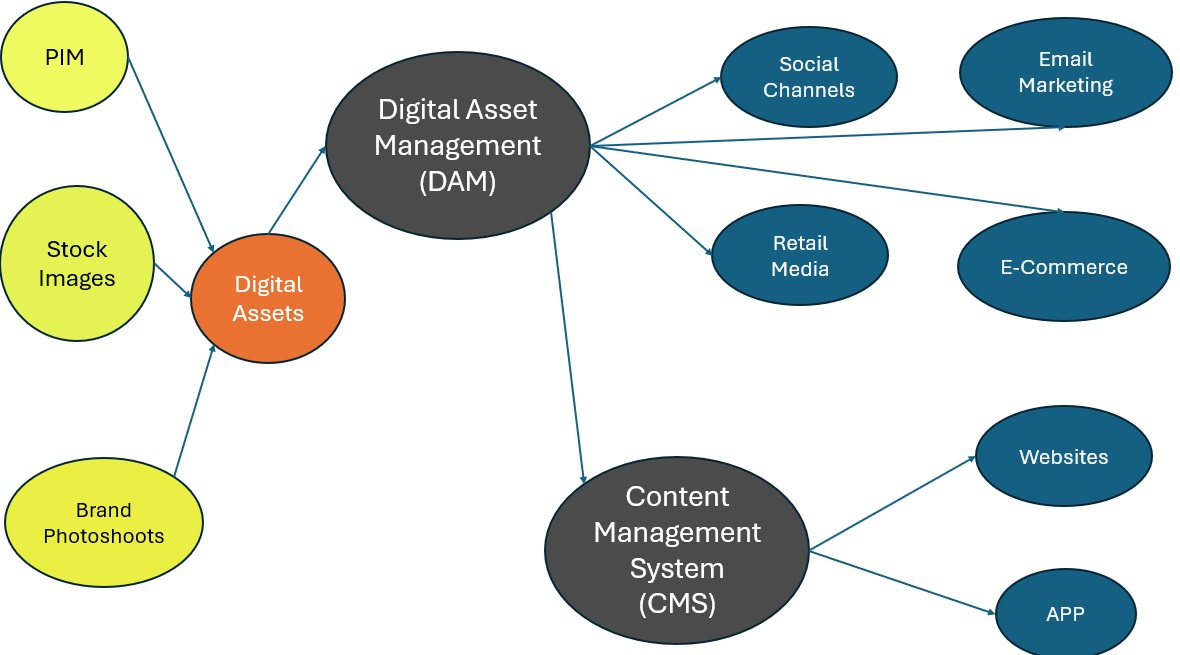
That is why Integrating your CMS with a DAM allows your CMS to focus on its core functions while the DAM acts as the single source of truth for all digital content, improving content experiences, saving resources, and enhancing marketing ROI.
What is a digital asset management system?
Digital asset management (DAM) software empowers marketers and creatives by streamlining the storage, organization, and management of content, ensuring it reaches the right people at the right time. By centralizing all digital assets and providing access to only the latest versions, DAM platforms guarantee a consistent brand experience both internally and externally, maintaining brand uniformity across all digital touchpoints. Essential for brands handling large volumes of digital assets, DAM accelerates time-to-market by automatically updating content across websites and tools. With version control and user access rights, DAM platforms ensure compliance while securely and swiftly distributing content to all integrated systems.
What is a content management system?
A content management system (CMS) is a software application designed to simplify the creation, management, and distribution of digital content, primarily for websites. It empowers users to effortlessly produce and publish content without needing technical skills or programming knowledge. A CMS typically features an intuitive interface for content creation and editing, along with tools for organizing, categorizing, and searching content. Additionally, it supports collaboration among multiple users and includes version control functionalities to manage revisions and updates.
How are integrated DAMs different from regular DAMs?
Integration Capabilities
- Integrated DAMs: These systems are designed to seamlessly connect with other software applications, such as content management systems (CMS), marketing automation platforms, CRM, Apps, Product Information System (PIM) and e-commerce platforms . This integration allows for a more streamlined workflow, enabling users to manage digital assets directly within their existing software ecosystem
- Regular DAMs: Traditional DAMs primarily focus on storing, organizing, and distributing digital assets without extensive integration capabilities Users often need to switch between different platforms to manage their assets, which can lead to inefficiencies
Workflow Efficiency
- Integrated DAMs: By integrating with other tools, these systems provide a single source of truth for all digital assets, accessible from various platforms . This reduces the need for manual transfers and ensures consistency across channels
- Regular DAMs: While they offer robust asset management features, regular DAMs may require additional steps to synchronize assets across different systems, potentially causing delays and errors
Enhanced Collaboration
- Integrated DAMs: These platforms facilitate better collaboration by allowing teams to share and access assets within their preferred tools, streamlining communication and project management
- Regular DAMs: Collaboration is still possible, but it may not be as seamless due to the lack of integration with other software
Advanced Features
- Integrated DAMs: Often come with advanced features like AI-driven search capabilities, automated workflows, and real-time updates . These features enhance productivity and ensure that assets are used effectively across various marketing channels
- Regular DAMs: While they offer essential DAM functionalities, they might lack some of the advanced integration-driven features that boost efficiency and collaboration
What are the benefits of integrating DAM and CMS systems?
Speed to Market
The traditional method of distributing assets such as lifestyle images, pack shots, hero images, videos, and PDFs has always been a cumbersome and time-consuming process. Marketers typically collaborate with agencies to source these assets, which are then shared with the engineering team through various channels like email, shared folders, Teams, JIRA, or ADO. This lack of standardization leads to inefficiencies and delays in updates. By integrating Digital Asset Management (DAM) and Content Management System (CMS), the cycle time can be significantly reduced, streamlining the distribution process and enhancing overall productivity.
Brand consistency
Pairing a Digital Asset Management (DAM) system with your Content Management System (CMS) creates a powerful safeguard for your brand. By consolidating all assets into a single, easily accessible location, maintaining the consistency of your brand's visual identity and messaging across various platforms becomes a seamless process. No longer will you need to endure tedious searches for that crucial logo file or essential brand guideline document. This integration serves as your digital brand custodian, always ready to provide the exact asset you need.
Centralized asset management
Digital Asset Management (DAM) platforms provide a centralized repository for all digital assets, streamlining file access and management. These platforms automatically categorize, version, and tag assets, making the search and retrieval process more efficient. Additionally, user permissions and encrypted storage safeguard sensitive content, minimizing the risk of unauthorized access.
Repurpose content more efficiently and effectively
Organizations can maximize the value of their content investment because assets are now far easier to find, update, and reuse — leading to improved levels of content ROI.
Sitecore Content Hub - DAM solution for all your needs
A leading global beverage company faced challenges in creating, managing, and publishing creative assets. Beverages are typically found in a wide variety of locations such as restaurants, grocery stores, vending machines, and more. Given the extensive range of products this company produces, there can be hundreds of thousands of digital assets to manage across various media, including print, TV, billboards, mobile, websites, social media, and beyond. Before transitioning to Sitecore Content Hub, resources were scattered across file-sharing drives, personal shared folders, and instant messaging platforms. However, after implementing Sitecore Content Hub, there is now a single source of truth for all such resources, and workflows can be seamlessly managed.
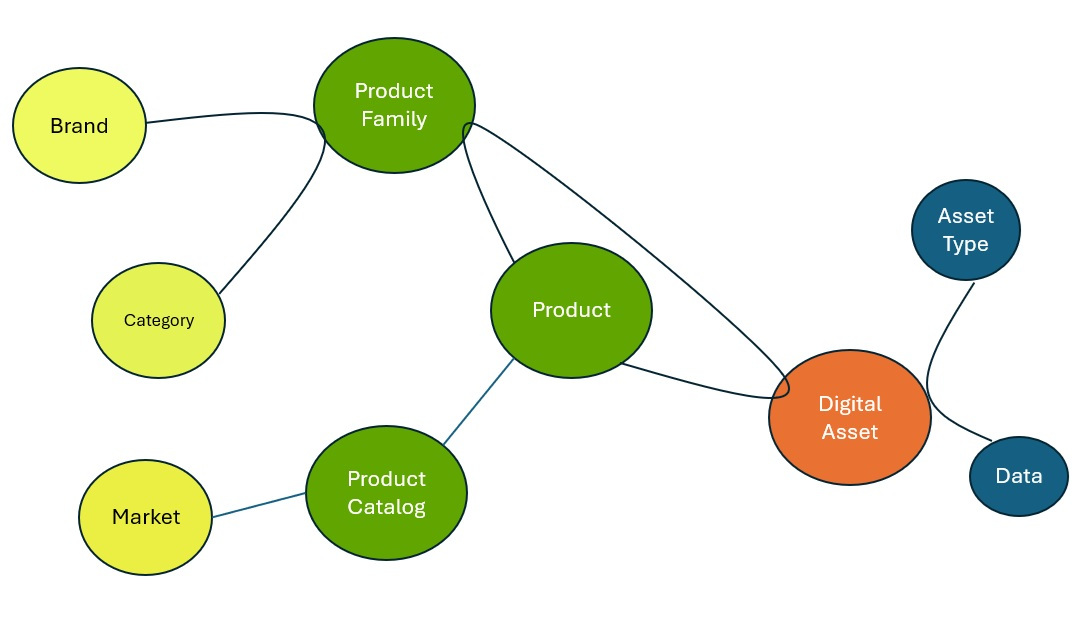
Benefits of Sitecore Content Hub
Sitecore Content Hub is a comprehensive platform designed to manage, optimize, and distribute digital assets. Here are some key features and components:
AI Features
-AI assisted visual search
With AI-assisted visual search you can find the image assets you need based on image color, a text description, and other visual cues. You can upload any image to Content Hub and then use the visual search to find similar images in the repository. AI-assisted visual search supports .jpg, .jpeg, and .png images as well as 3D archives if the archive has a preview image.
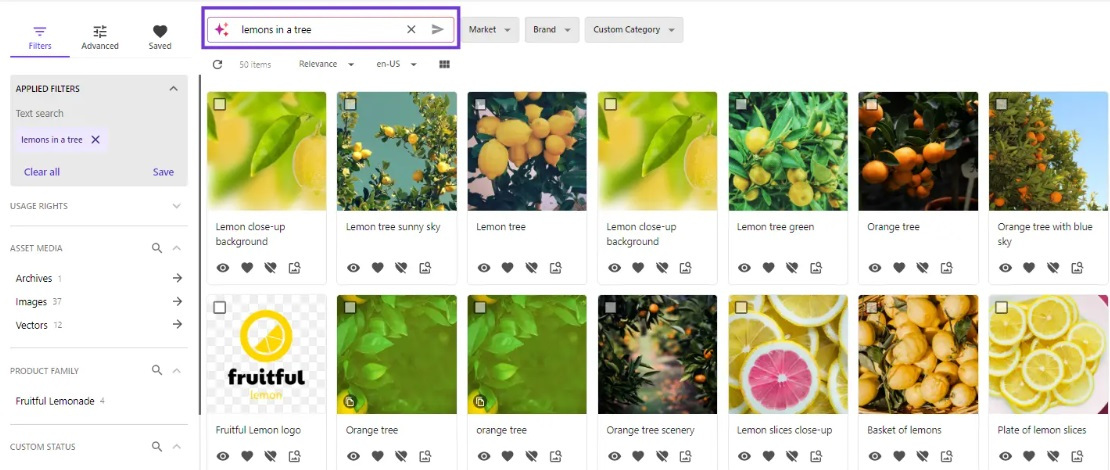
-AI assisted Content Generation
With the help of the AI-assisted content generation feature, you can create high-quality on-brand content in Content Hub as long as the AI feature has been enabled and configured.
Assets
In a simple workflow, for example, you create a piece of digital marketing content (such as a photograph) and upload it to Content Hub. Then, you add metadata to describe its features and send it off to review. Once the reviewer approves it, the photograph becomes available to designated users. They can then download, edit, annotate, and distribute the asset in marketing campaigns, for instance. They can also add new asset versions as they are created, to support additional marketing channels. When assets are no longer used, you can archive them
Digital Right Management
Digital rights management (DRM) refers to any scheme that controls access to copyrighted or licensed assets. In Sitecore Content Hub, DRM prevents the unauthorized use and download of restricted assets. It is implemented using rights profiles and DRM (or digital) contracts, which determine the context in which an asset can be used: in which territory, for which media, and during which period.
In Content Hub, assets can be:
Unrestricted - where users can download an asset without restriction.
Restricted - where users can only download the asset if the intended use complies with the defined rules, or if they request permission and it is granted. The DRM administrator approves or rejects the DRM requests.
Integrating Sitecore Content Hub with Sitecore CMS
The Sitecore Connect for Content Hub connector (SCCH) enables you to integrate the Sitecore Content Hub with the Sitecore Experience Platform (SXP) in various ways. The connector contains a Content Marketing Platform (CMP) module, and a Digital Asset Management (DAM) module.
The CMP and DAM modules in the connector enable the following functionalities:
The Sitecore CMP section in SCCH enables you to work with content created in Sitecore Content Hub directly in Sitecore. Content is automatically created and updated when changes are made in Sitecore Content Hub.
The Sitecore DAM section in SCCH enables you to browse, search, and insert digital assets from Sitecore DAM directly from within Sitecore’s Content and Experience editing.
For information on how to install and configure SCCH, see the Sitecore download page.
Once your DAM is Integrated with CMS below are the use cases you would like to try :-
Image Field - Browse, search, insert assets into image fields directly from DAM without the need of switching platforms and doing multiple downloads and uploads.
'Browse Sitecore DAM' option will be available to select images from DAM
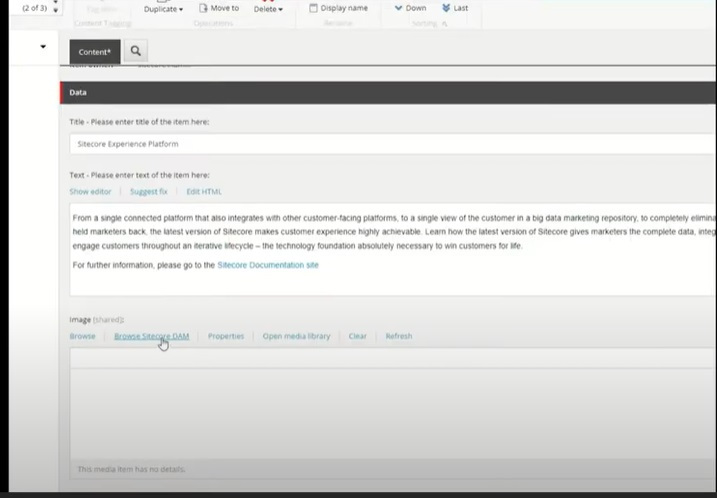
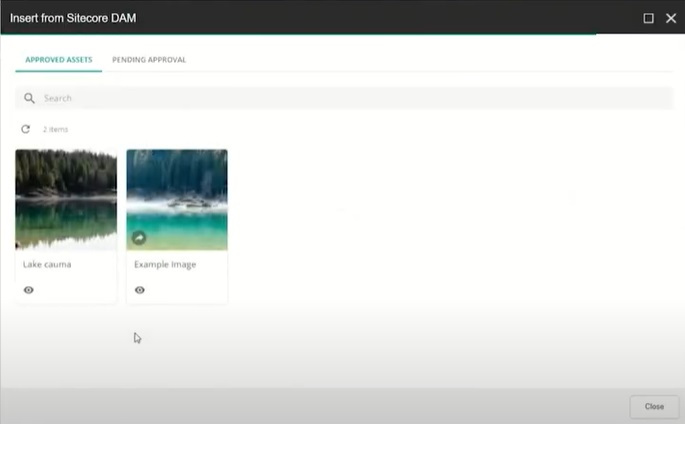
Once you select image it will generate Public link for that asset
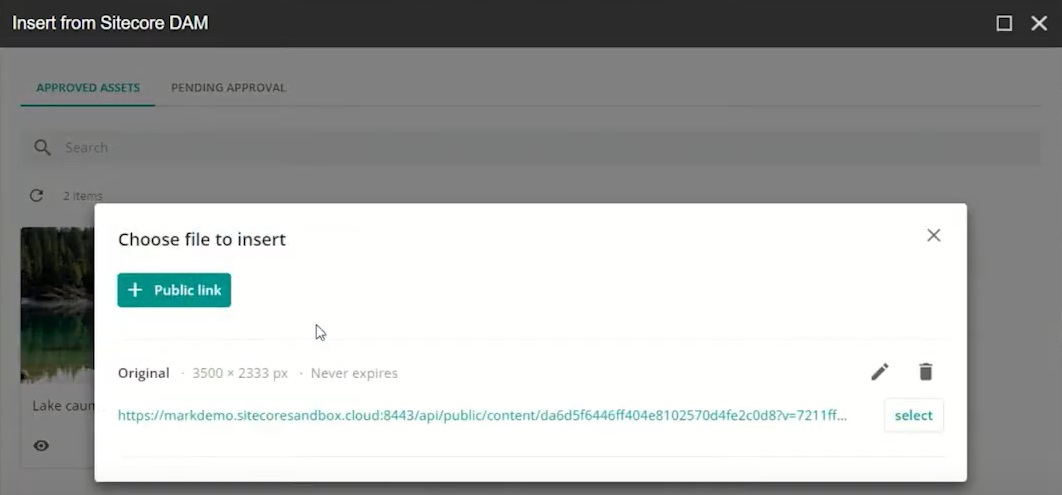
And eventually this image will be added to your CMS in no time
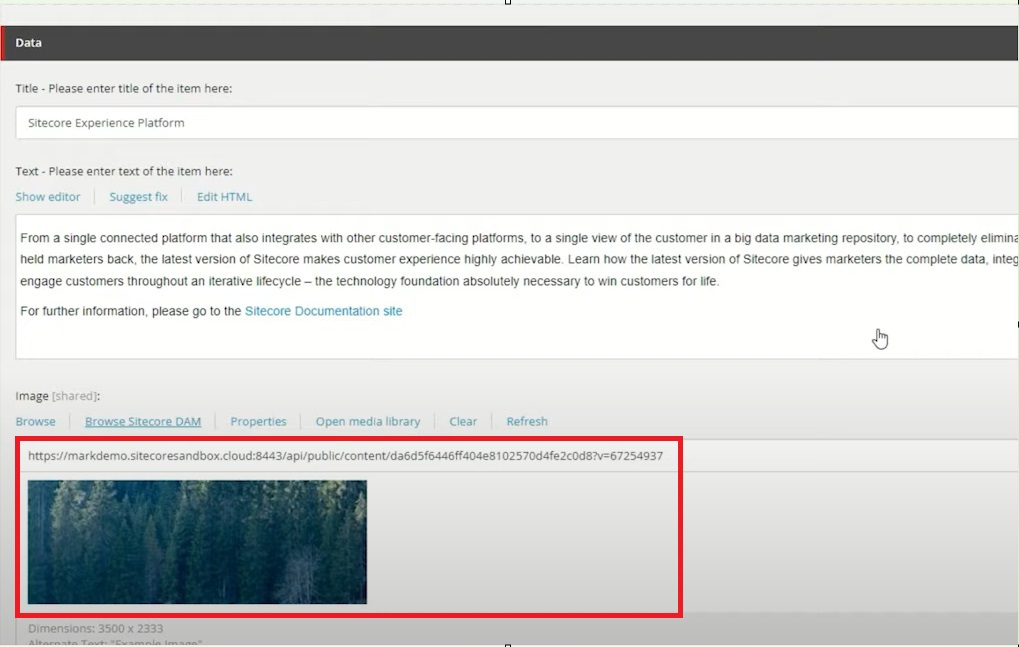
Rich text Editor - You can also insert images into rich text
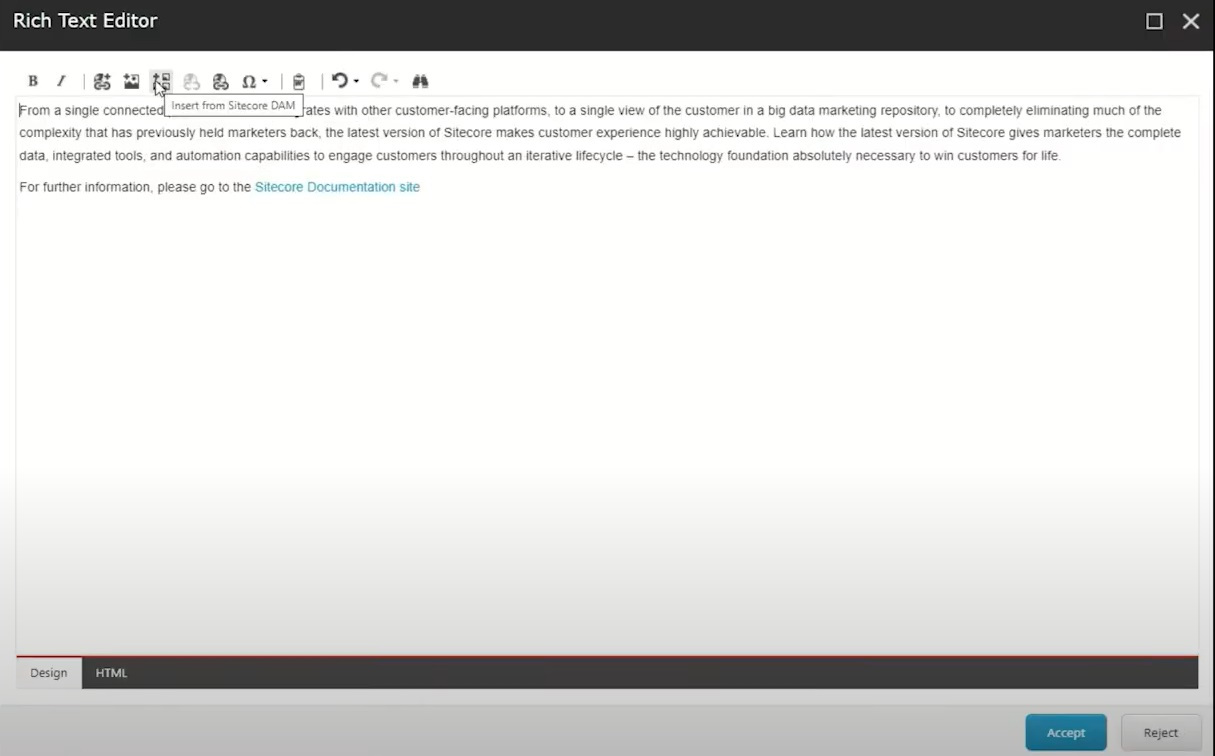
Which allows you to custom crop this image
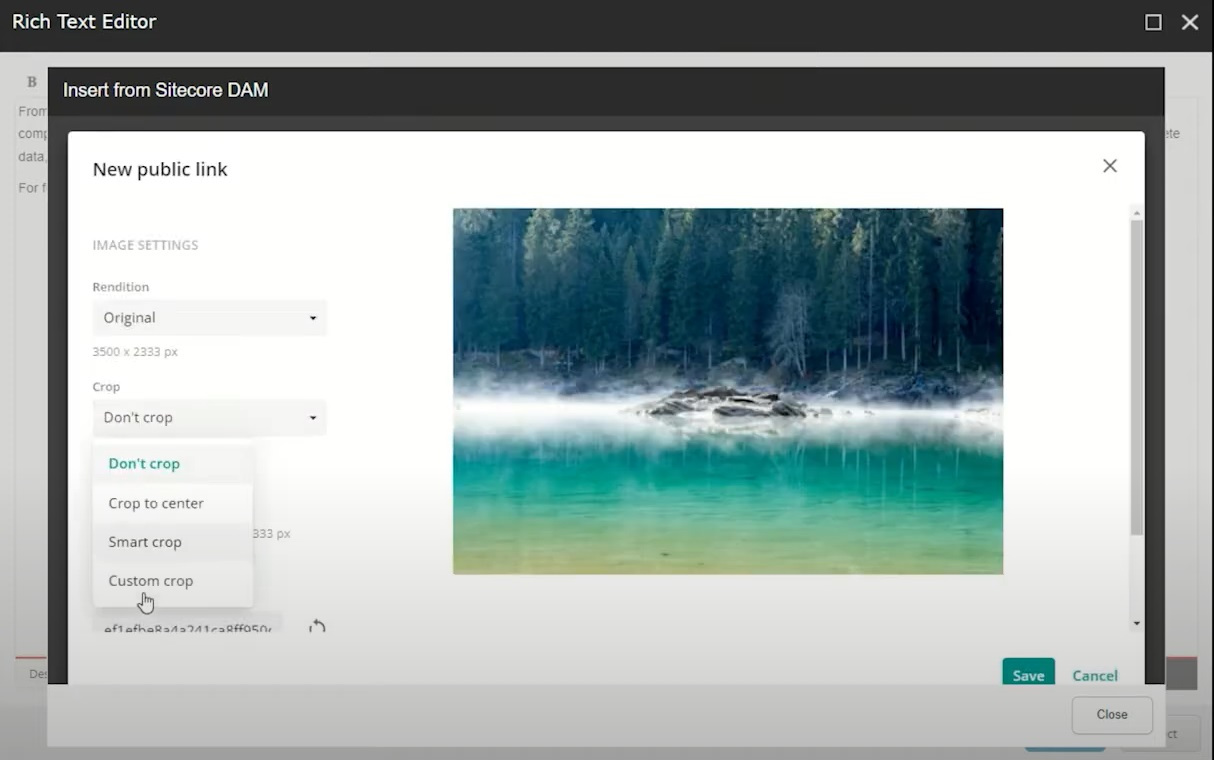
Below you can see the actual image inserted into rich text editor
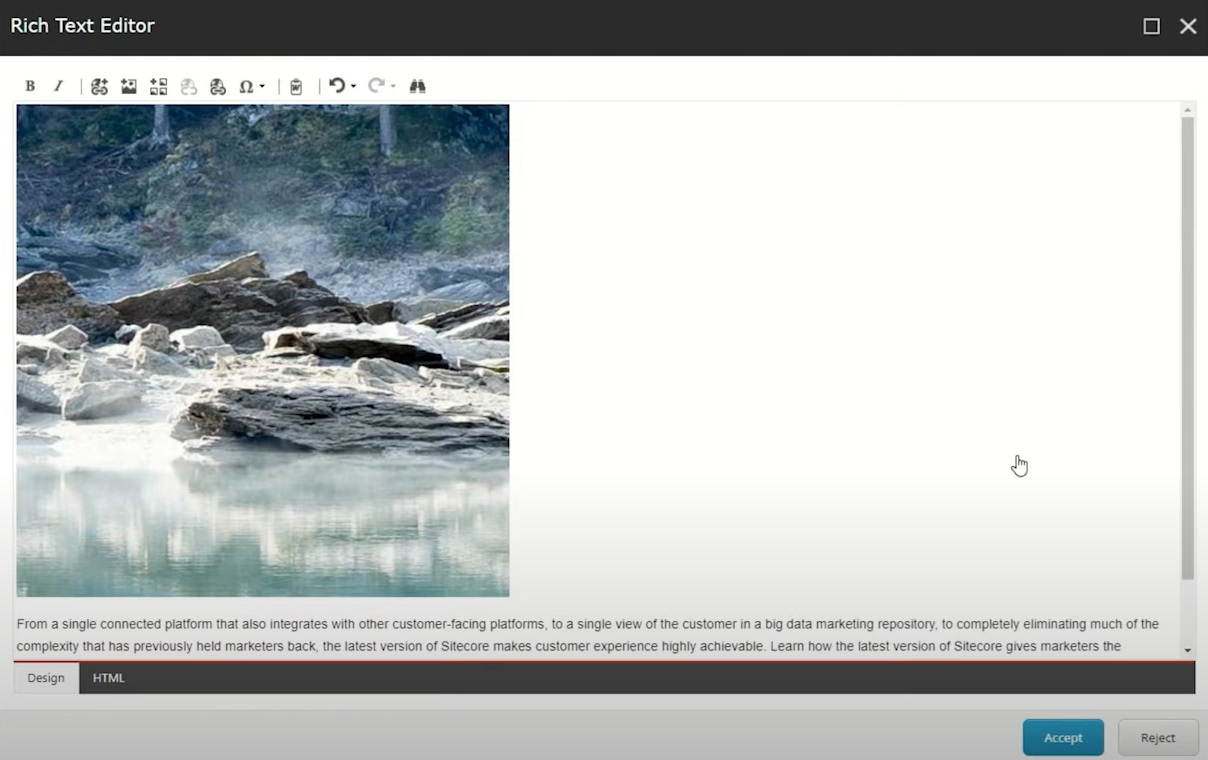
Content Usage
Tracking the Content usage allows users to know exactly where their assets and Content items are being used by other systems.
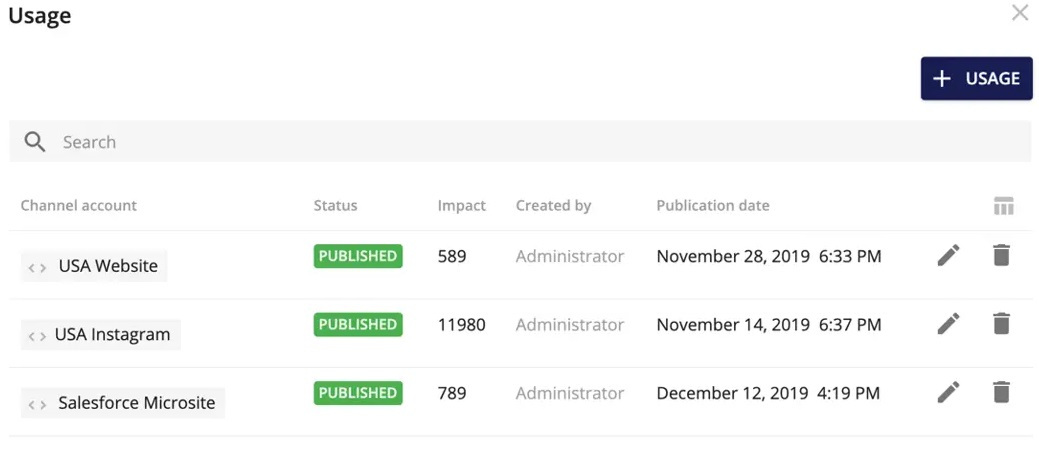
Content Impact
Tracking the Content impact allows users to not only track and calculate various impact metrics (aggregated or per-channel) about their published assets and Content items, but also to compare the impact of different entities (e.g. Campaigns) within Content Hub.
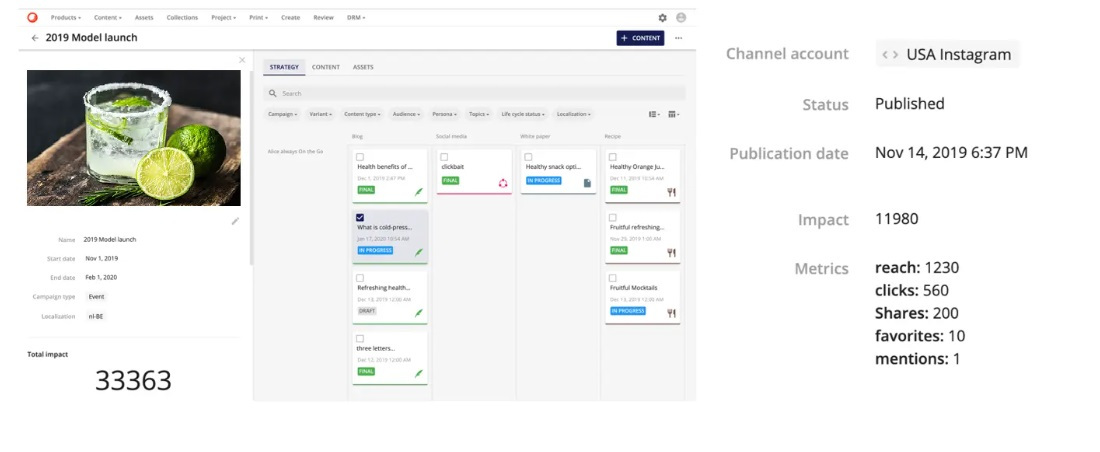
Conclusion
Integrating a Digital Asset Management (DAM) solution with a Content Management System (CMS) offers several key benefits for businesses:
- Enhanced content organization: Categorize and tag digital assets for easier retrieval
- Streamlined workflows: Centralize content creation, editing, and distribution processes
- Improved collaboration: Facilitate seamless teamwork across departments
- Consistent branding: Ensure uniformity in all published content
- Efficient version control: Maintain up-to-date versions of assets
This integration ultimately leads to better content management and operational efficiency.
Some of the images in this blog are sourced from SUGCON and Sitecore.com. All credit goes to the original creators of these images.